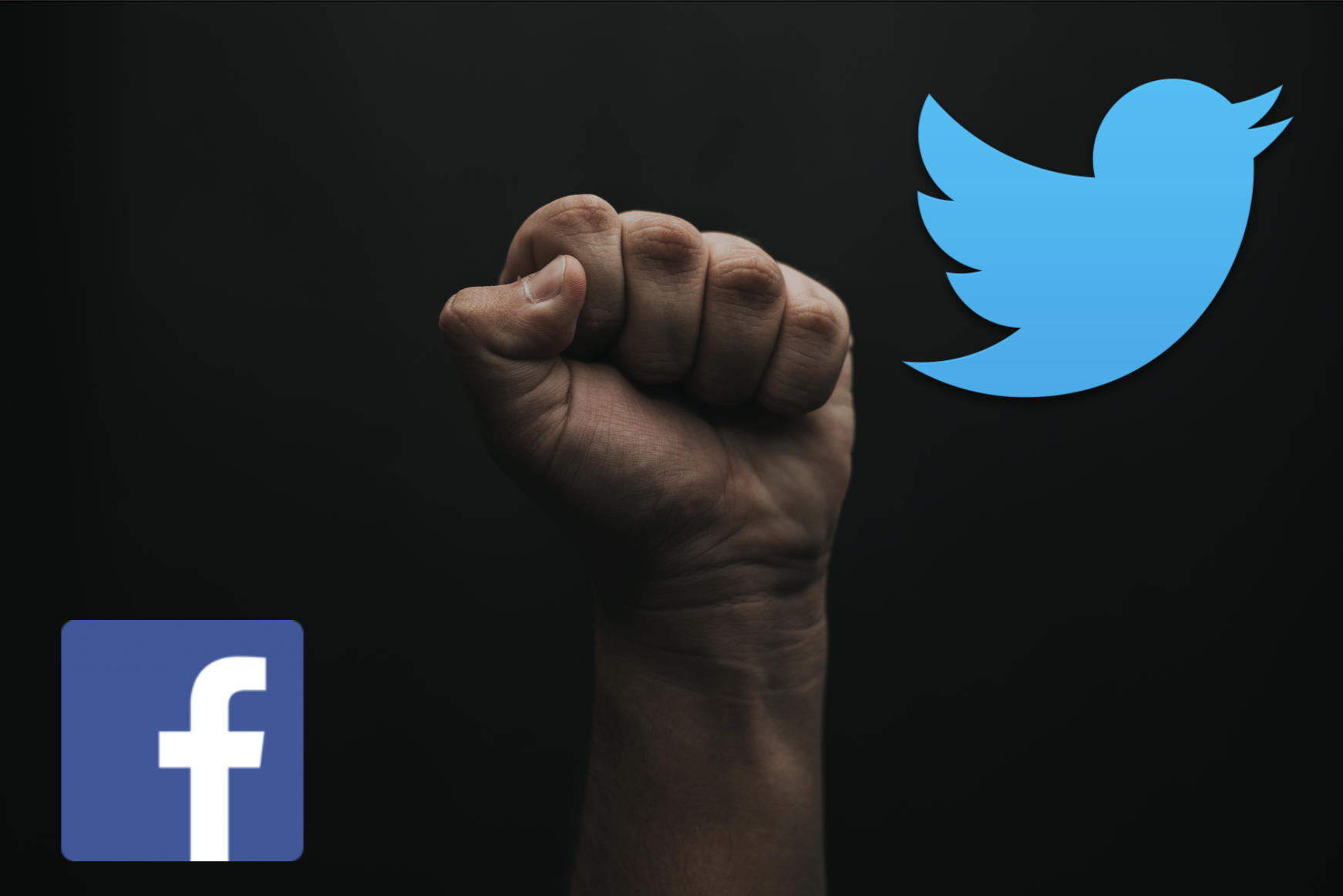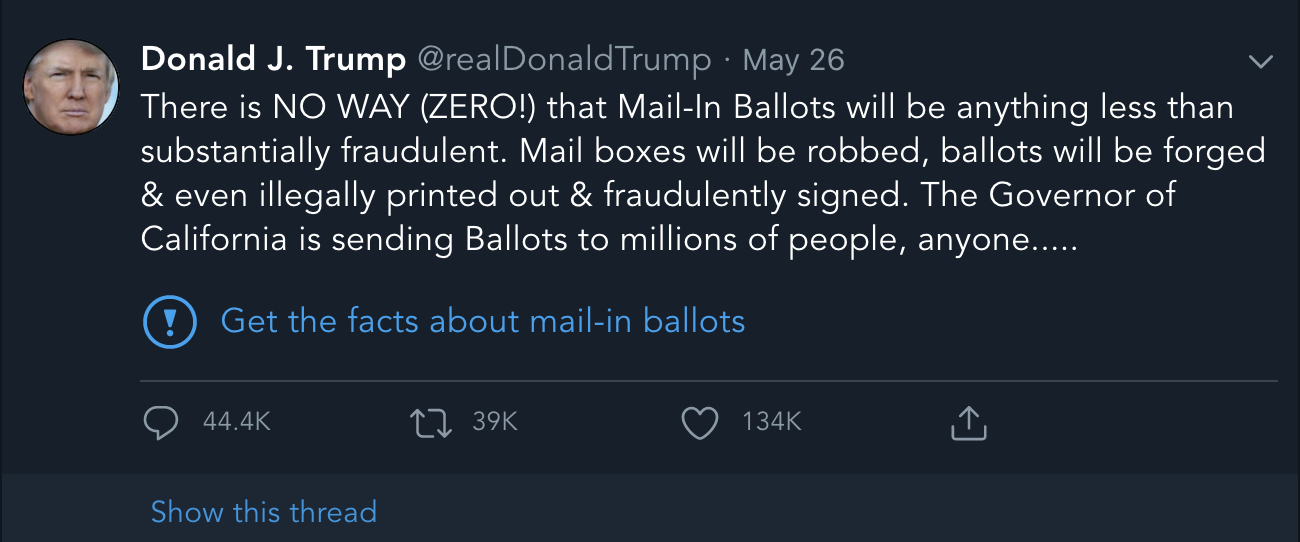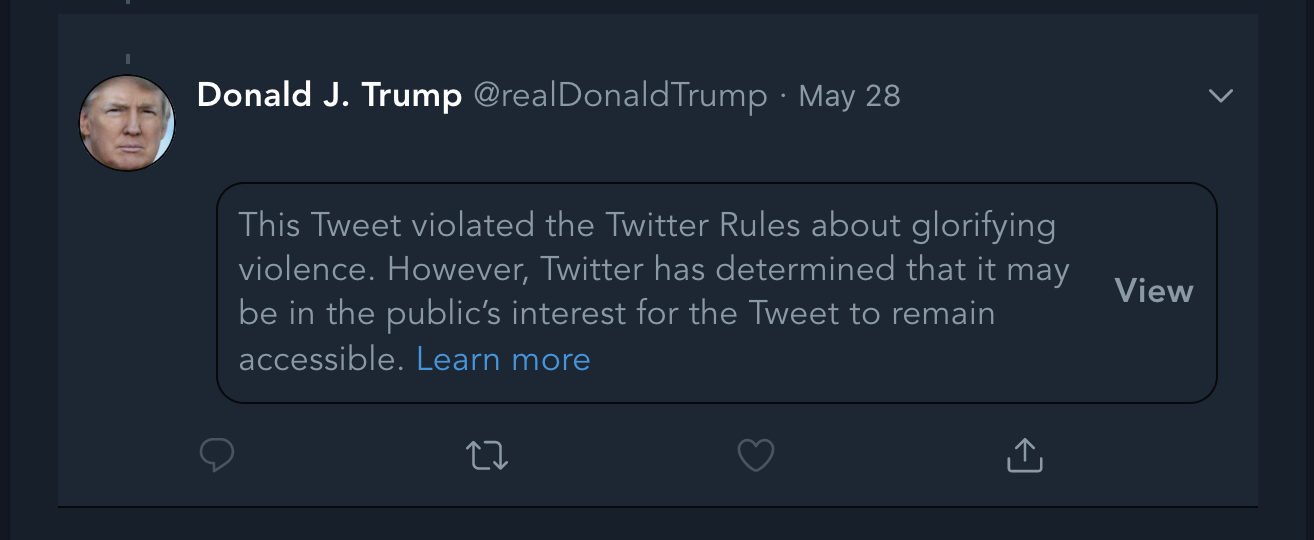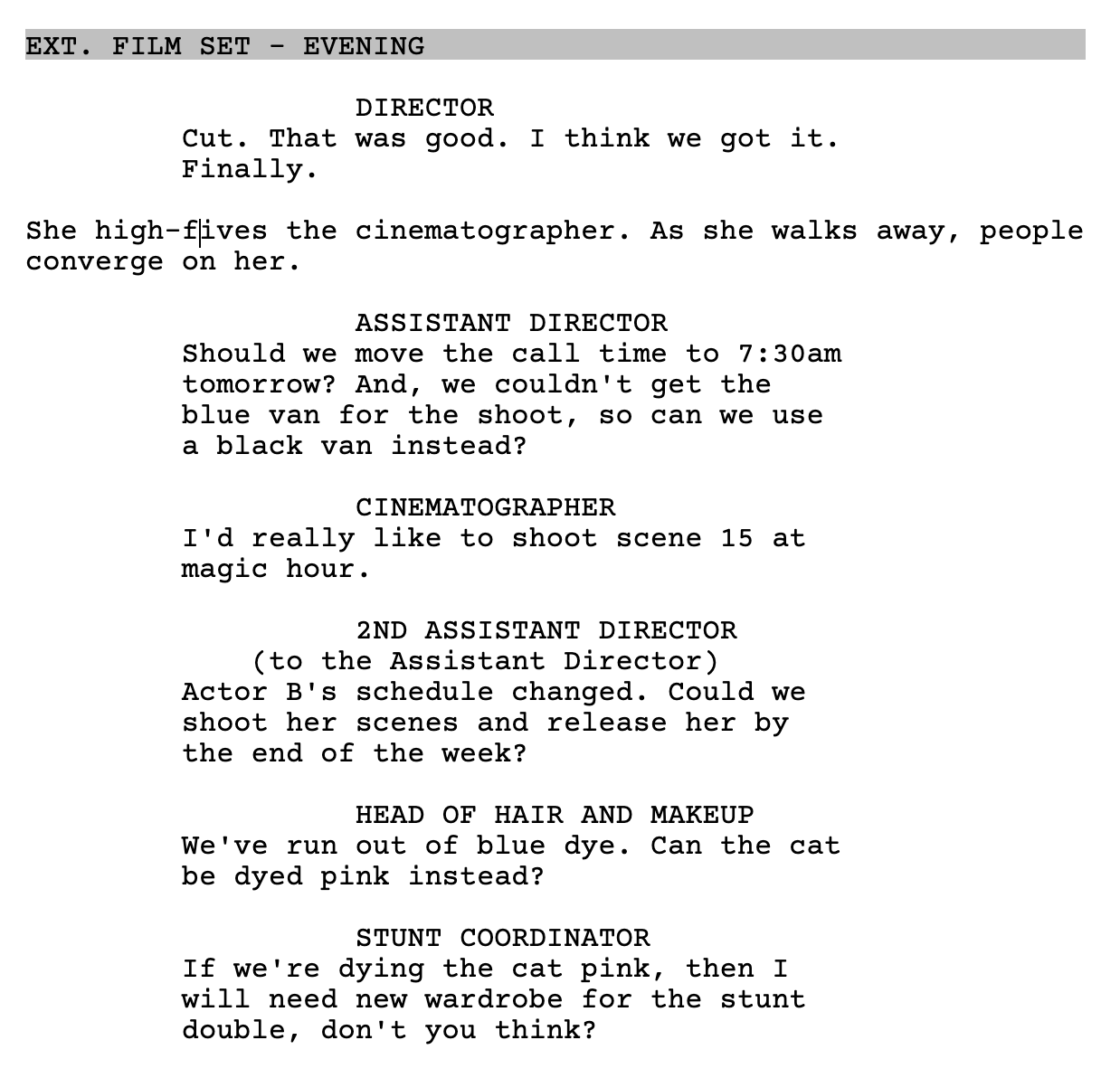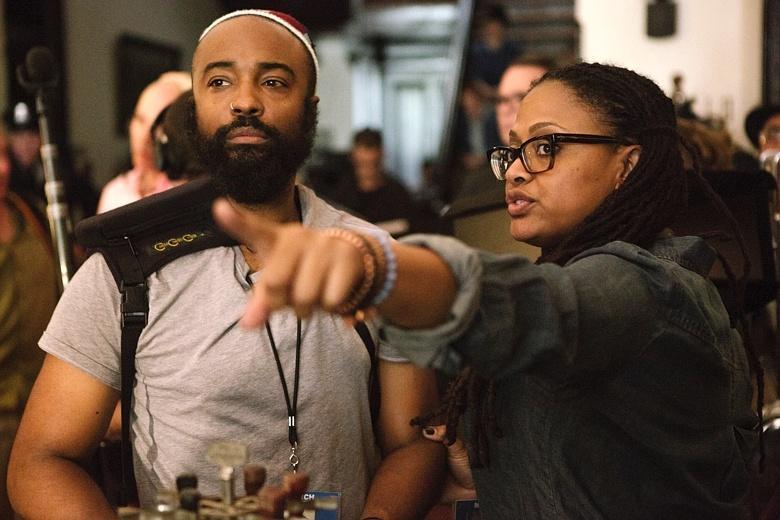
We’ve all seen the experiment where children are asked to draw scientists, right? 75% of 16-year old girls draw scientists as men. And while this has improved markedly over the decades, it saddens me that certain professions seem to still have a default gender.
“Programmer” is one of the professions that is default male. But those who are aware of tech history know that in the 1940s, many of the first programmers were women. So why do we now think of programmers as male by default?
As I recently discovered in Marie Hicks’ book Programmed Inequality, this was not by happenstance—at least not in Britain. There, during and after WWII, authorities made deliberate decisions to put women at the bottom of the technological totem pole.
Here’s a representative anecdote that starts the book and made me wince at its unfairness:
In 1959, a computer operator embarked on an extremely hectic year, tasked with programming and testing several of the new electronic computers on which the British government was becoming increasingly reliant. In addition, this operator had to train two new hires with no computing experience for a critical long-term project in the government’s central computing installation. After being trained, the new hires quickly stepped into management roles, while their trainer, who was described as having “a good brain and a special flair” for computer work, was demoted to an assistantship below them. This situation seems to make little sense until you learn that the trainer was a woman, and the newly hired trainees were men.
To understand what happened, rewind to the 1940s, when women were actively recruited to help with the war, and in particular, to staff the code-breaking effort at Bletchley Park, which was critical to the Allies in World War II.
Women were responsible for setting up and running the machines. In addition, the women also took charge of the significant amount of manual operation in order to make the system work, which included reading the codes, transferring them to punched tape and operating the machines. Over time, as the war progressed, the workload increased, and the women worked around the clock, in three shifts, to ensure the machine was always in operation. All of this significant and important work relied entirely on women.
At the end of the war, the women were forbidden to talk about what they were doing at Bletchley because the work was top-secret codebreaking stuff. This led to women being effectively erased from the earliest association with computers.
Post the war, between 1946 and 1955, Britain deployed computers to enable the country to process vast quantities of data. Women were used to keep the computers operational, but both the private and public sectors took advantage of sexist policies and laws to keep women at the lowest tier of the emerging industry. For example, companies used the “marriage bar” (which was still on the books but had been unenforced during the war) to fire a woman once she got married. This policy had no benefit to the employer, who lost a valuable and trained worker, but it kept women’s salaries low, and ensured the cultural norm of keeping women dependent. It also led to a number of professional women keeping their marriages secret. The Civil Service actually created a whole new job grade to ensure that women were not allowed to rise past a certain tier and they were denied promotions. The contortions went so far as to designate certain (lower) roles as women-exclusive, where men could not even apply
Mary Lee Berners-Lee, the mother of Tim Berners-Lee, worked at Ferranti in the 1950s. She recalled that women programmers performing the same work as men were paid less because “Ferranti was a paternal firm” that believed “men would have to support a wife and children so they needed more money.”
On top of all that, all these women were considered menial workers, which was not true. In the media and recruiting ads, they were portrayed as being part of the machine, just contributing to the machine performing well. So, a lot of the “programmer” roles were made to look unappealing on purpose.
What the authorities did not anticipate was the fact that computing was going to be the most revolutionary sector, and by making it so unattractive, they would shoot themselves in the foot by repelling male candidates. The continued suppression of women, at times to the detriment to the industry and country, would mean that there was a belief that anything involving machines didn’t require real intellect. And men would not want these jobs. The narrative designed to keep women down was about to backfire.
In the mid-sixties, the field started becoming exciting with the support of the government. The income potential of the industry increased. In order to appeal to men, while still keeping women boxed into the lower tiers, the language started to change, to indicate a segregation between feminine and masculine, menial and intellectual, programmers and operators. Advertising suggested that the computers were “operated by a typist, not highly paid programmers and controllers.” The typists, were, of course women.
In 1970, Britain passed the equal pay act, which eliminated different salaries for men and women. But the decades of structural inequality would still take their toll. While male employment in the industry expanded in the higher-paid tiers, women’s employment only increased in the lower tiers.
Britain, which was the most technologically advanced nation during the Second World War, did a number of things to shackle itself and fritter this advantage away. Instead of espousing free market policies, they chose socialist and protectionist ones. Instead of letting private enterprises thrive, the government formed International Computers Limited (ICL), a computer company that was intended to compete with the best in the world. And instead of letting the best programmers have successful and unshackled careers, Britain let decades of gender discrimination mire it in constant labor shortages and high turnover.
It might soothe our nerves to think all of this is history. However, in 2012, the London Science Museum held an exhibit on wartime codebreaking where the women operators were erased, yet again. The exhibit stated that Bletchley’s “machines operated around the clock,” but never mentioned that it operated completely because of women who worked three shifts. And “the two [females] in the only surviving picture of a Colossus being operated are not named in any of the exhibits at the UK’s Bletchley Park Historical Site and National Computing Museum, although their identities are known.”
In 2012!
I read Programmed Inequality by Marie Hicks in order to understand what we could learn from it and how we could identify this kind of systemic, cultural, and biased decision making when we see it.
The biggest takeaway is captured by Hicks:
These women’s experiences also elucidate the power dynamics behind how technology often heightens existing power differences.
Technology is built within the existing legal and cultural norms of society. We must pay attention to this, because even as the tech industry makes progress, it can reinforce unfair prevailing norms instead of alleviating them. It can strengthen the disparity instead of ensuring a level playing field.
Tech alone cannot cure all of society’s ills, but it can play an important role. To do so, tech leaders need to think about how technology can enable access rather than reinforce existing power dynamics.
Because while opportunity is not equally distributed, talent certainly is. And in order not to repeat the mistakes of the past, we must learn from history and from the first women in tech.

